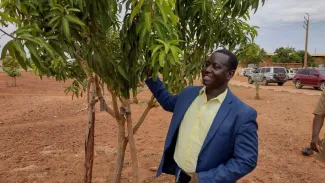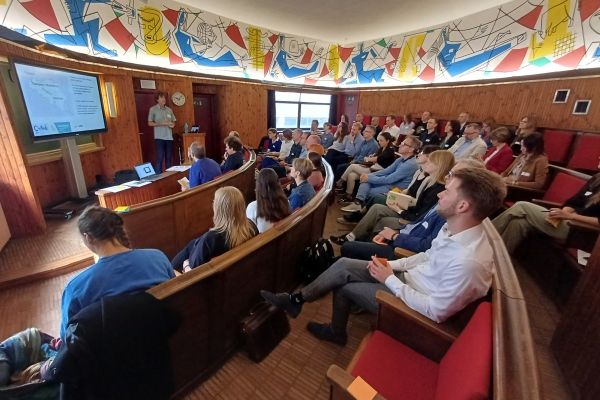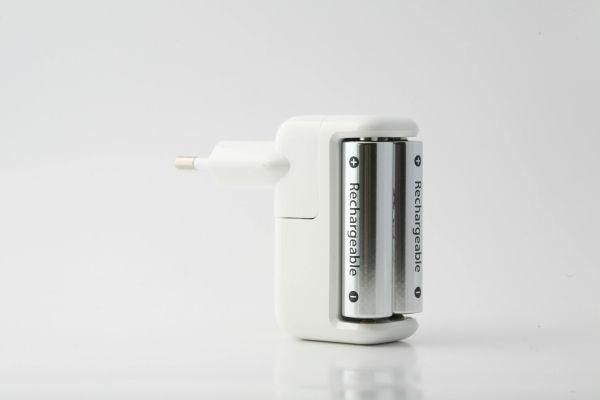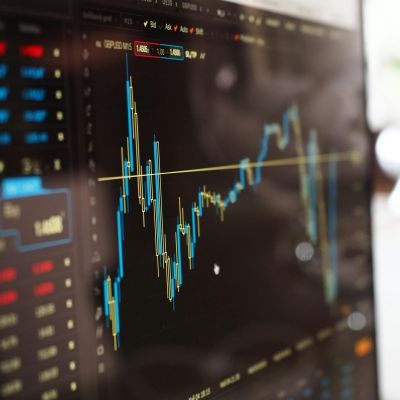
Niamey Climate Forest: alleviating heat stress in cities through urban greening
The capital of Niger, Niamey, is one of the warmest cities in the world. Heat stress has an enormous social and economic effect in Niamey, impacting the health of citizens. The Niamey Climate Forest project examined how to alleviate that heat stress through urban greening.
A stark contrast when heat stress comes in
Temperatures tend to rise drastically in Niamey. On average, it’s around 36 degrees Celsius in the African city. Furthermore, climate projections show that the city will be exposed to over 200 days of extreme, deadly temperatures each year in the future.
That kind of extreme heat stress causes more diseases and deaths, influences the energy demand (to cool down buildings, for instance), damages the infrastructure, disrupts the operations of critical services (such as hospitals) and decreases productivity. It’s even estimated that the heat stress in Niamey leads to a loss of four to five per cent of Niger’s BBP.
An important factor in this story is the heat island effect. In the city, there’s a clear contrast in heat stress levels between areas with a lot of greenery and those with little to no greenery. The former is significantly more resilient in high temperatures. The Niamey Climate Forest project examined that phenomenon.
Supporting the planting of urban trees and other greenery
The Niamey Climate Forest project wanted to support the capital of Niger in mass urban greening. Niamey already had ambitious plans for urban greening but encountered financial and technical barriers. With a combination of scientific results and an increase in capacity, we aimed to tackle those barriers.
The Niamey Climate Forest project consisted of various parts, such as:
- We wanted to deliver scientific evidence to demonstrate that urban greening plays a crucial part in raising climate resilience. To do so, we used existing climate information from a previous project.
- We worked with local stakeholders, such as the citizens, and informed them. We introduced them to advanced yet easy-to-use equipment such as heat cameras and soil humidity sensors so they could keep up with the care for urban greenery.
- We assessed the carbon storage capacity of the urban trees and examined whether they could be eligible for carbon credits. That would mean that businesses can offset their carbon emissions by sponsoring urban greening.
Funding
The Niamey Climate Forest project was funded by the Flemish Government as part of the G-STIC Climate action programme, launched in 2021 to support developing countries in their fight against climate change.












